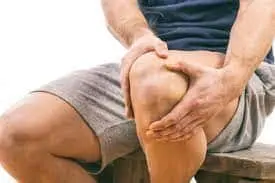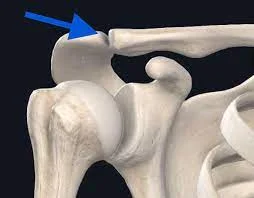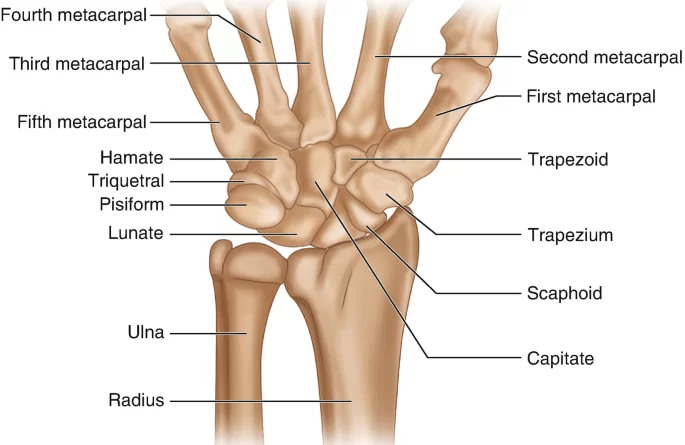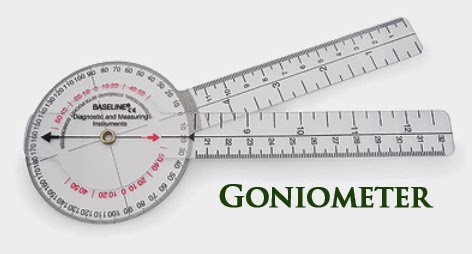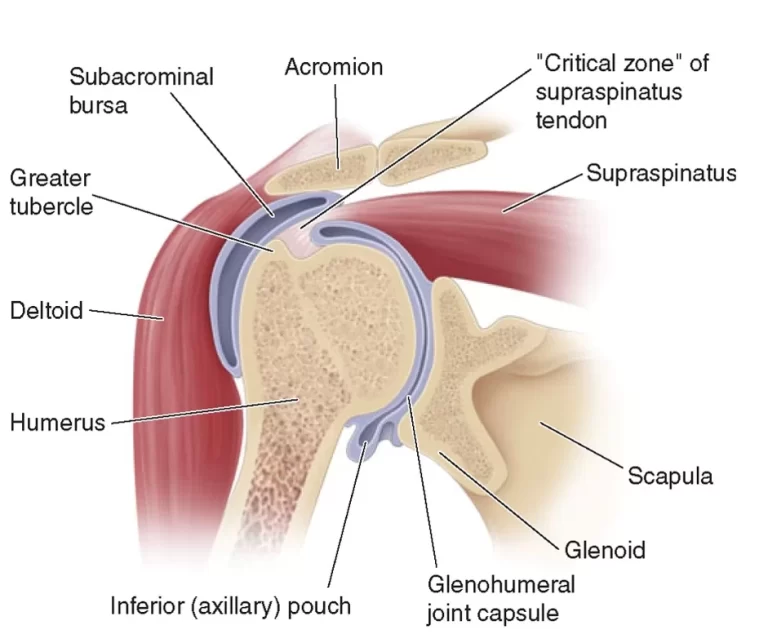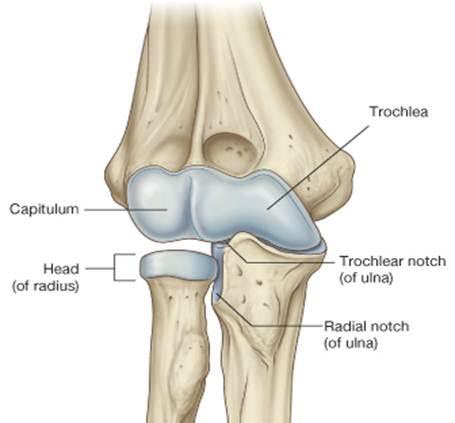Anatomy of Ankle
Overview The ankle is one of the most versatile and hardworking joints in the human body. It smoothly adjusts with each step to absorb shock, adapt to uneven terrain, and provide the stability and mobility necessary for activities from walking to jumping. Comprised of an intricate network of bones, cartilage, ligaments, tendons, muscles, nerves, and…


